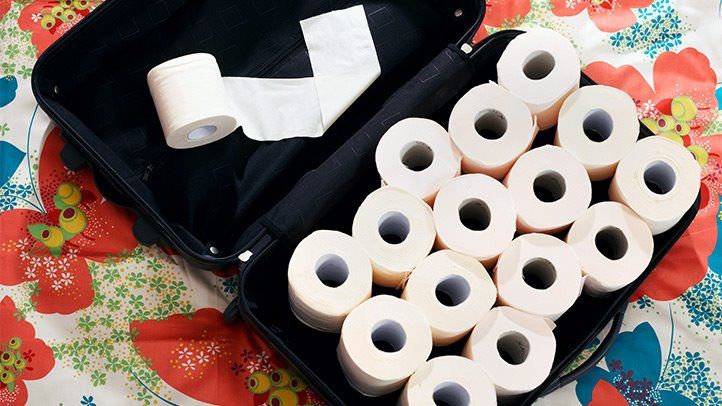4 Tips to Prevent Traveler’s Diarrhea

[ad_1]
“If you’re from a resources-rich country and travel to a resource-limited country, some of the common bacteria that might be found in food that wouldn’t be very harmful to the local population could be harmful to you because you don’t have an immune system that is used to that bacteria,” says Christine Lee, MD, a gastroenterologist at the Cleveland Clinic in Willoughby Hills, Ohio.
- Escherichia coli (E. coli)
- Shigella
- Campylobacter
- Salmonella
- Aeromonas
- Plesiomonas
- non-cholera Vibrios
“Traveler’s diarrhea could be mild to severe; it’s a wide range and a case-by-case situation,” says Dr. Lee. “If you find yourself experiencing diarrhea that is very bloody, you should be very concerned and head to an ER immediately.”
Lee outlines four tips to help prevent traveler’s diarrhea.
1. Watch What You Eat
Are you buying from vendors whose food looks like they have been exposed for long periods of time? Where sanitization practices might be sketchy?
To prevent traveler’s diarrhea, it’s important when traveling to a new place to avoid these mistakes and eat foods that are cooked to order and served hot, Lee says. Avoid eating anything raw or that has been sitting out for hours on end, and peel all fruits and vegetables yourself after purchasing them from a grocery store.
2. Avoid Tap Water
In most developing countries, tap water can contain harmful bacteria and viruses and is not safe to drink. Always have bottled water on you when traveling and order any other beverages without ice, which is usually made from tap water.
Lee also tells visitors visiting resource-limited countries to close their mouths when showering to help avoid traveler’s diarrhea, since shower water is another way they might ingest harmful bacteria.
3. Be Careful About Bringing Antibiotics With You
In the past, doctors would often suggest that people from the United States pre-pack antibiotics with them in case traveler’s diarrhea strikes. But Lee says the “pendulum has swung” in the opposite direction. Lee explains that decades of travelers from resource-rich countries to the developing world have bred antibiotic-resistant E. coli, for instance, which would render antibiotics useless.
“Another point about pre-packing antibiotics involves the fact that a lot of antibiotics can wipe out the good bacteria that can help protect you from infections,” she adds.
What is a good alternative to help avoid traveler’s diarrhea? Lee says that packing something like Pepto-Bismol, which reduces inflammation and neutralizes acidity in the stomach, can help. And don’t be alarmed if you notice the pink Pepto-Bismol substance turns your stool color black. Lee says this is a normal reaction. She says you can buy any generic brand of bismuth subsalicylate (Pepto-Bismol) in a pharmacy.
4. Drink Lots of Fluid
If you do get traveler’s diarrhea, keep your bottled water at hand, Lee adds. It’s important to stay hydrated and replace fluids that have been lost by your body. Drinking fluids that include electrolytes (such as Gatorade or Pedialyte) can be especially effective for preventing traveler’s diarrhea.
If you’re severely dehydrated, the CDC advises to find oral rehydration solutions at local drugstores or online to replace necessary fluids.
As a general rule, if you have diarrhea that does not improve after a week or you’re experiencing bloody diarrhea, see a doctor as soon as possible.
[ad_2]




